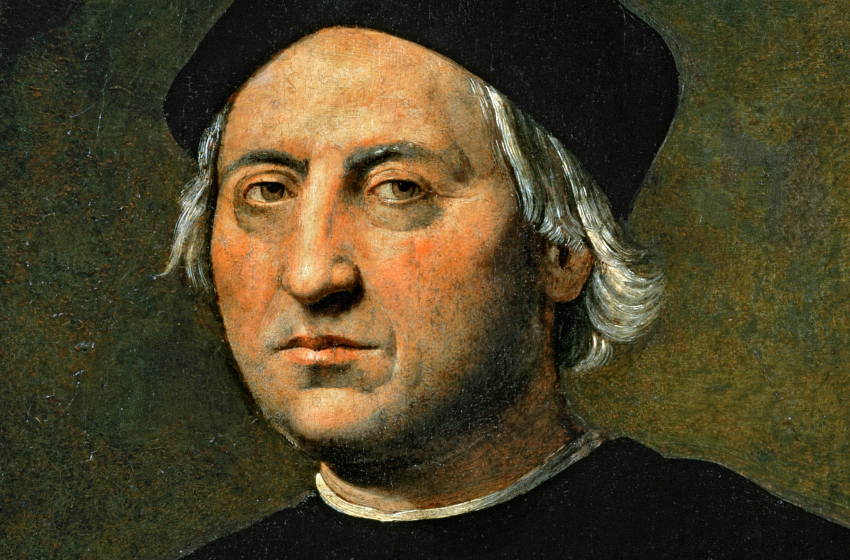Christopher Columbus was an Italian explorer and traveller who set out to explore the world at a time when most Catholic theologians of his time considered the Earth to be flat and were hesitant to venture out into the sea. Europeans had enjoyed a land trade path called the ‘Silk Route’ to China and India, due to the Mongol Empire’s hegemony over the region. However, when Constantinople fell into the hands of the Ottoman Turks, this trade became dangerous and difficult to tread for the Europeans. This led to a competition between the European countries to establish a sea route for trade in the lucrative business of spices. Christopher Columbus made this proposal to the Spanish crown and won his confidence. Under the patronage of the crown, Columbus undertook four voyages.
Although many other explorers had carried out such expeditions earlier, Columbus’ voyages opened up the Americas to the Europeans. Furthermore, his attempts at establishing permanent settlements in the islands of Hispaniola were triggers to the Spanish colonization of the New World.
Early Voyages
Columbus was born in 1451 in Genoa. His father was a weaver. As a young boy, he undertook his first voyage in 1476 on a ship bound to the island of Khios, in modern day Greece. His first voyage cost him almost his life as his ship was attacked and he had to save his life by swimming ashore to Portugal. He also undertook several other voyages in the Mediterranean and Aegis seas. He was also part of expeditions to Africa, which gave him a sound understanding of the Atlantic seas. Using this knowledge he devised a strategy to reach India.
Columbus first presented his plans to the Portuguese king and demanded a three ship fleet for the expedition. However, he was sent away. He next approached the Spanish monarchy which agreed to finance his plans and provided him all that he required for the expedition.
However, his calculations were mistaken by his estimate of the Earth’s radius.
First Voyage
Columbus set out on his first voyage under the patronage of the Spanish monarchy in the quest of the sea route to Asia in August 1492.
While Columbus himself captained the ship called Santa Maria, he had two other ships along his side-the Pinta and the Nina.
After about 36 days of sailing, Columbus reached the islands of Bahamas. He named the place San Salvador. He was greeted by natives who were willing to trade glass beads, cotton balls, spears and parrots with them. Columbus and his men were intrigued by the gold ornaments that the natives wore.
He also came to know that these natives were captured and sold off as slaves in some European countries.
Columbus explored the coast of Cuba. Before leaving the islands, he left some of his men, established a settlement La Navidad and took back some natives with him to be presented to the king.
Subsequent Voyages
His second voyage was to the Carribean islands.
He undertook his last voyage in 1502 along the eastern coast of Central America in an unsuccessful attempt to discover a route to the Indian Ocean.
Columbus’ attempt at colonizing and creating a base for slavery in the Cuban islands angered the Spanish throne and he was arrested for the same.
He was stripped off his riches and titles.
Although Columbus is credited for opening up the American islands to the Europeans, he is also accused of destruction of the native culture of the islands he explored.
Columbus died in May 1506 at the age of 54, still believing he had discovered a shorter route to Asia.
Related Links:
Lal Bahadur Shastri – A Man of Great Integrity and Competence
Sylvester Stallone: The True Stallion
Mahatma Gandhi – The Non-Violent Revolutionaries
Dhirubhai Ambani: The Rags to Riches Story

